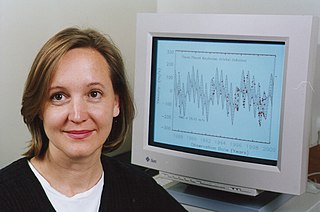A Quote by David Grinspoon
It will be a long time, if ever, before we get to study Earth-like planets orbiting around other stars, so really, the study of Venus and Mars is the best opportunity that we have, and can imagine having anytime in the future, to understand the evolution of Earth-like planets.
Related Quotes
A major puzzle for which nobody has an answer is this: is there some size at which the planets change their nature from water-rich planets like Neptune, to rocky planets like the Earth? We have found two planets that are the size of the Earth in radius, but they are very close to their host star, so water on the surface would evaporate away.
If we're thinking about old civilizations, those that formed a long time ago and there were stars and planets around long before Earth even existed, then these are going to be towards the center of the galaxy. That is the place to look if you think there are ancient civilizations that have made beacons or some other way of attracting our attention.






























